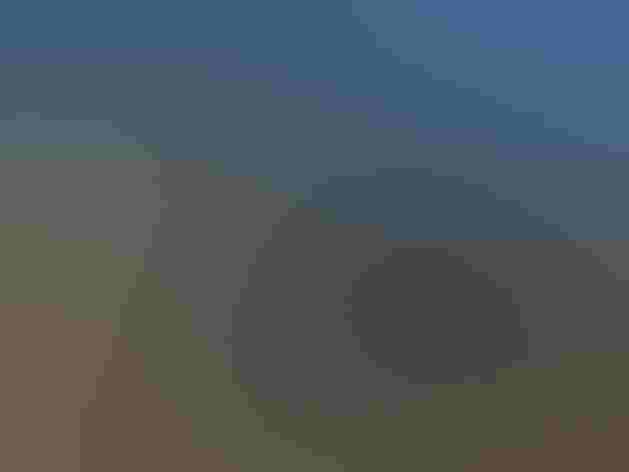Arctic Loon
At a Glance
The Old World counterpart to our Pacific Loon, entering North America mainly as an uncommon summer resident in far western Alaska. The two are very similar, and until recently they were combined as one species under the name 'Arctic Loon.' The true Arctic Loon (of the form found in eastern Siberia and western Alaska) is larger than the Pacific Loon, but its habits are similar.
All bird guide text and rangemaps adapted from Lives of North American Birds by Kenn Kaufman© 1996, used by permission of Houghton Mifflin Harcourt Publishing Company. All rights reserved.
Category
Duck-like Birds, Loons
IUCN Status
Least Concern
Habitat
Lakes, Ponds, and Rivers, Open Ocean, Tundra and Boreal Habitats
Region
Alaska and The North
Behavior
Direct Flight, Rapid Wingbeats, Swimming
Population
590.000
Range & Identification
Migration & Range Maps
Movements of Alaska birds poorly known; may winter in waters around Aleutians. Numbers are seen flying past St. Lawrence Island, Bering Sea, in late spring.
Description
23-28" (58-73 cm). Very similar to Pacific Loon. A bit larger, with white patch above waterline on rear flanks, slightly bolder stripes on neck. At close range, Alaska race shows green gloss on throat (usually purple on Pacific Loon).
Size
About the size of a Heron, About the size of a Mallard or Herring Gull
Color
Black, Blue, Gray, Green, White
Wing Shape
Narrow, Pointed, Tapered
Tail Shape
Short
Songs and Calls
Similar to Pacific Loon, a harsh kok-kok-kok-kok. Adults on nesting ground issue an eerie, long-carrying moan or wail.
Call Pattern
Complex, Falling, Rising
Call Type
Croak/Quack, Odd, Scream, Yodel
Habitat
Lakes, ocean. In Alaskan breeding range found mainly on large lakes surrounded by open tundra. In winter on ocean, probably usually within a few miles of land.
Sign up for Audubon's newsletter to learn more about birds like the Arctic Loon
Behavior
Eggs
2, sometimes 1-3. Olive to brown, with blackish spots. Both sexes incubate (although female does more), 28-30 days.
Young
Leave nest shortly after hatching, return to nest for sleeping during first few nights, then sleep on water under parents' wings. Both parents feed young. Adults may fly several miles from nesting territory to other waters to eat and to bring back food for young. Age at first flight probably 60-65 days. One brood per year.
Feeding Behavior
Loons do their foraging by diving from the surface and swimming underwater. They often swim along the surface with their heads partly submerged, peering about underwater, watching for prey before they dive. They are propelled mainly by their feet, but may sometimes use their wings also when turning or in bursts of speed. Loons find their food by sight.
Diet
Mostly fish, but more varied in summer. In winter and on ocean eats mainly small fish, including gobies, sticklebacks, herrings, cod, and others. In breeding season, diet also includes crustaceans, mollusks, aquatic insects. Rarely eats frogs, leeches, small amounts of plant material.
Nesting
May mate for life. Courtship displays include ritualized bill-dipping and splash-diving by both members of pair. Nest: Site is in shallow water, or on island or shore near water. Nest is a heap of vegetation, sometimes mixed with mud; may rarely build floating nest. Both sexes help build nest.





